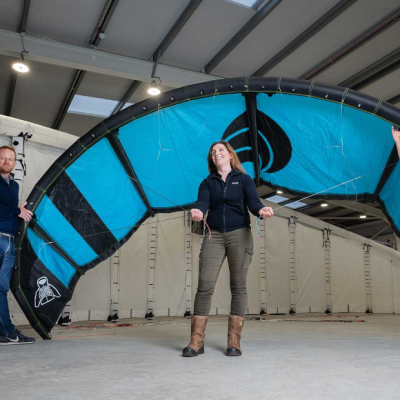Physicists at the Santa Fe Institute and Boston University have used a traffic mathematical model to determine the optimal parking strategy. The study takes into account the time spent searching for a parking spot as well as the subsequent walk to the destination. The researchers compared various everyday parking behaviors to determine the most efficient strategy. The study was published in the Journal of Statistical Mechanics.
Most drivers follow a parking strategy based on personal experience, which is often random and not based on scientific methods. To determine if there is a mathematically optimal strategy for parking, physicists at the Santa Fe Institute and Boston University conducted a computer simulation based on a parking lot with a long row of spaces, with the destination at the end. The evaluation takes into account the total time spent searching for a parking spot as well as the time spent walking from the parking spot to the destination.
The study compared different parking scenarios, including a driver who wants to park as close to the destination as possible, a driver who wants to spend as little time as possible in the car, and a driver who chooses the first available spot between two parked cars. The study found that the group of pragmatic parkers, who choose the first available spot, on average, arrived at their destination the fastest. However, the group that parks as close to the destination as possible was only slightly behind. The group that parks far away from the destination performed the worst in all parking situations. The study also found that for particularly large parking lots, the time saved by the group that parks as close to the destination as possible is offset by the time spent searching for a spot, and this group arrives at their destination the fastest.










